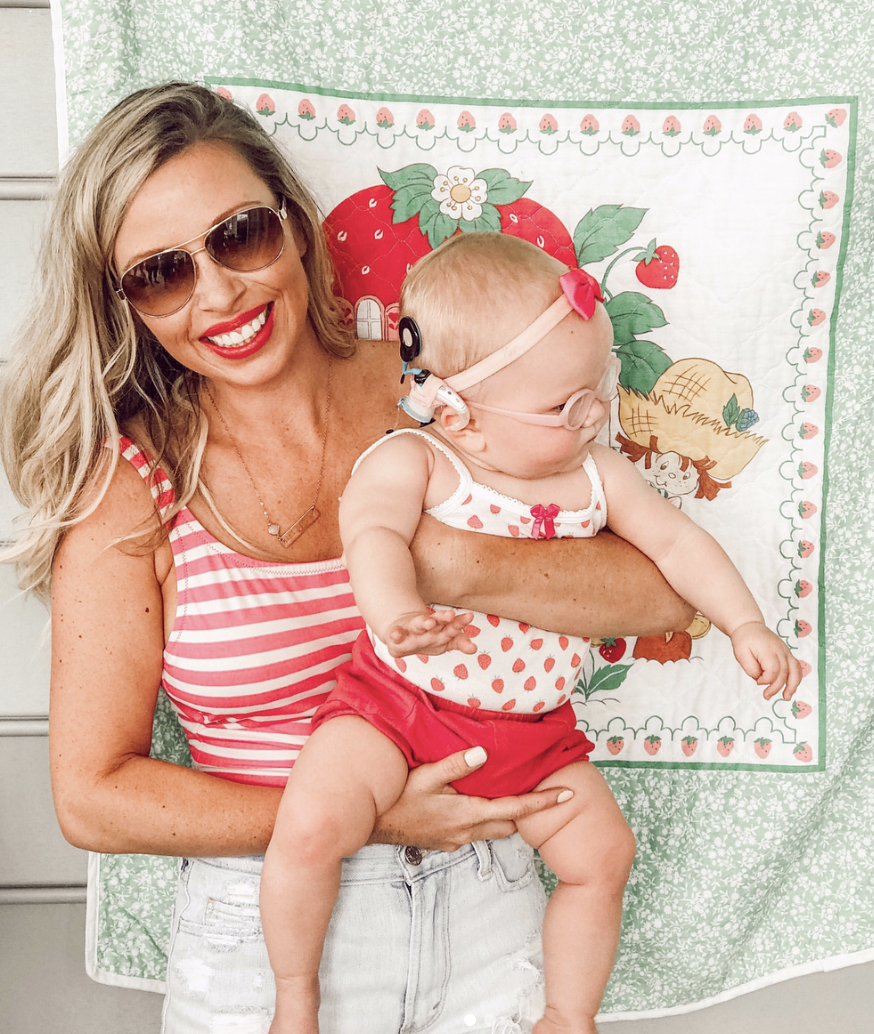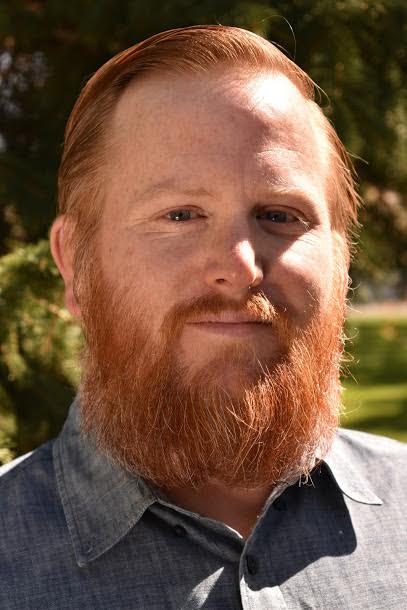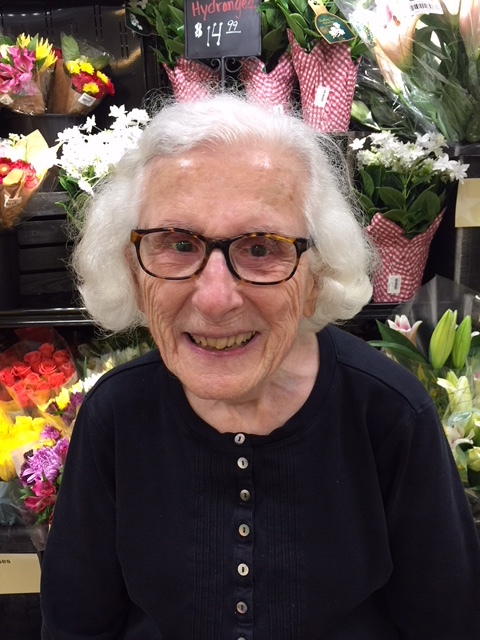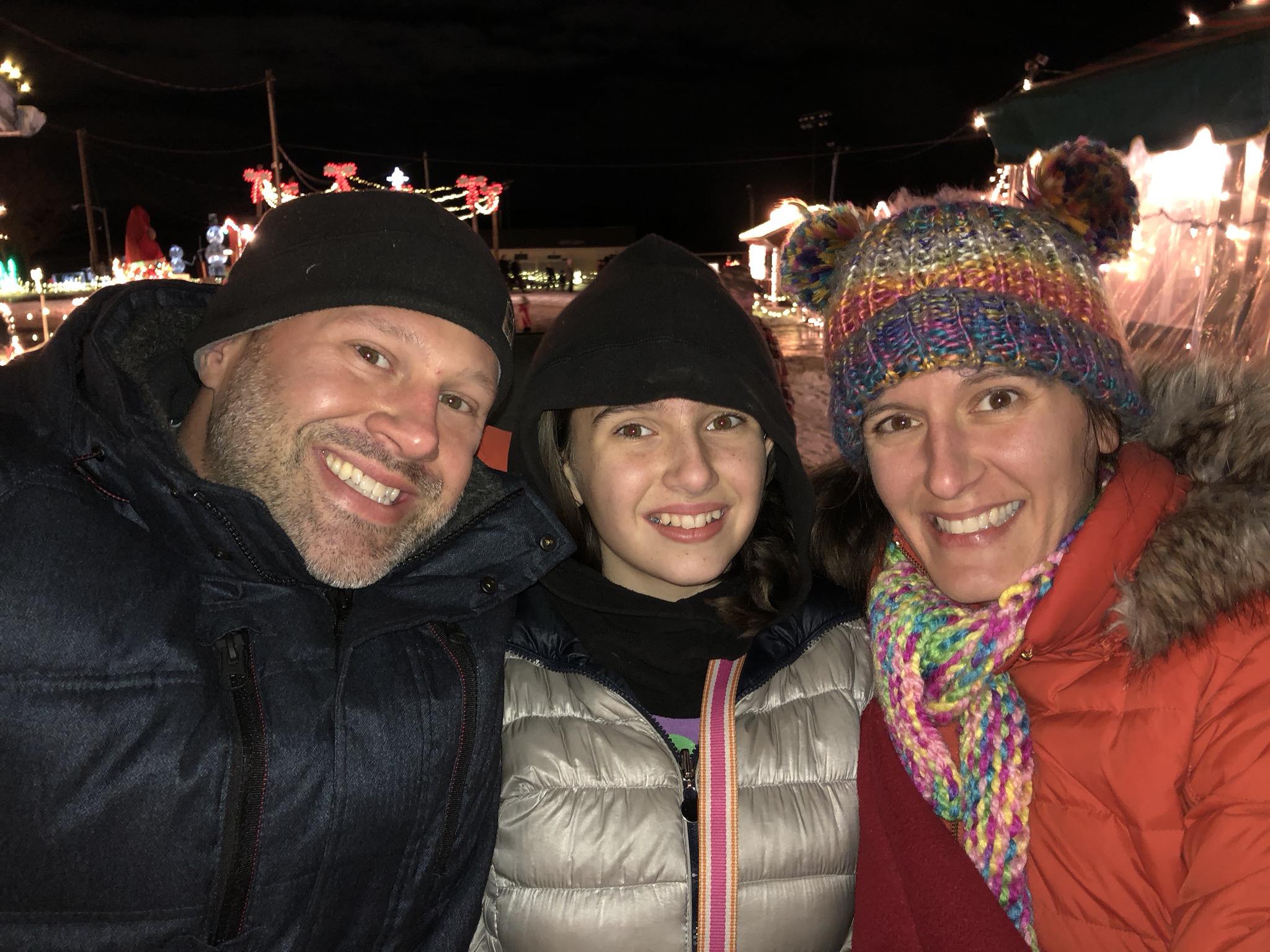By Casey Dandrea
Bob Downs was 18 years old when he received his first hearing loss diagnosis. Heading home from school one afternoon, he wandered curiously into an audiology clinic offering free hearing tests and agreed to take one. The audiologist informed him he had a substantial hearing loss and would benefit from hearing aids sold by the clinic. Skeptical and not willing to purchase hearing aids, Bob declined the treatment.
More than a decade later, Bob was driving his five-year-old son, Timmy, home from school when he discovered his distress coming from the back seat. Timmy was crying because his throat was in pain from him screaming at his father. “He was desperately trying to get me to hear him talk about his day at school, but I couldn’t hear him,” Bob said.
Being unable to hear Tim encouraged Bob to take his hearing health more seriously and get another test. The new test results showed a hearing chart like the one presented to him as a teenager in the audiology clinic, but a lot worse. Bob has now been wearing hearing aids for 18 years.
Professionally, Bob’s hearing loss created some unexpected challenges. Shortly after he purchased his first pair of hearing aids, Bob worked in the call center of a large medical organization. His hearing loss combined with office background noise made it difficult for him to use the phone to schedule patient appointments, even with a telecoil feature for his hearing aids. The hectic environment of a medical office also made it challenging for Bob to communicate with colleagues and patients face-to-face. It was here that Bob first became highly aware of his professional limitations caused by hearing loss.
Bob was disappointed when his employer failed to provide proper workplace accommodations for his hearing loss. He brought the issue to the Equal Employment Opportunity Commission (EEOC)—the federal agency enforces civil rights laws for employees with disabilities—but never received justice from his former employer. His former employer actually denied Bob’s hearing loss, leaving him disheartened and deeply offended.
Discouraged by this legal outcome and required to tend to an urgent family emergency, Bob resigned from his call center position at the medical clinic to return to clerical work, a previous and familiar area of expertise. Bob faced similar obstacles in this line of work, too, and felt as if he were no longer able to contribute to the support of his family. “I was constantly paranoid about failing to hear my boss or a doctor or a technician calling after me from behind and would not be able to see that they were talking to me,” Bob recalls.
Bob realized a new profession—one involving less listening—may benefit him. He returned to college and earned his Associates Degree in 2013, where he is currently working toward his Bachelor’s degree in User Experience (UX) Design, which involves coding to improve people’s interactions with technology.
Bob’s focus in UX Design is the Web Accessibility Initiative - Accessible Rich Internet Applications (WAI-ARIA), an interface that defines a way to make web content and web applications more accessible to people with disabilities. The typical functionality used in websites is not available to those who rely on screen reading or cannot use a computer mouse. Bob wishes to expand the usage of the required technical code specifications, making more web applications accessible to people with disabilities.
Although Bob was once reluctant to accept his hearing loss diagnosis, he’s proud to understand and advocate for the benefits of hearing loss treatment today. He urges other folks not to ignore their difficulties hearing or, worse, an audiogram showing a profound hearing loss, as he did at 18.
Bob’s ability to remain persistent through discrimination and career changes is also commendable. Though Bob was unable to receive justice for the inequality he personally faced in his former workplace, he’s now creating his own form of justice for disability access through his newfound career.





















